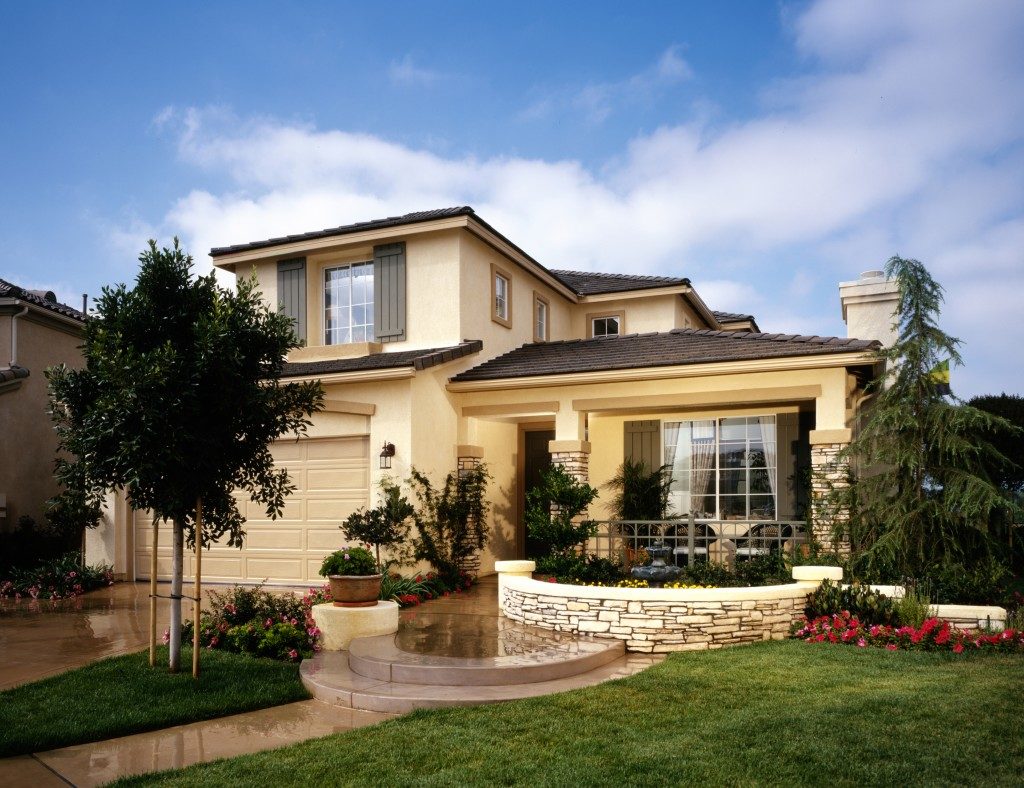It’s nearly impossible to protect your home against everything. Time and weather are two factors that can contribute to the stability of your house going down a few notches, which is why it’s important to have it inspected regularly throughout the year, or when you detect something wrong with your surroundings.
Of course, there is a variety of ways to fix problems when they occur. You can buy your own concrete floor sealer products or have someone else fix the problem for you, but there’s a better way to deal with these. It’s by preventing the damage to your house.
There are some threats that only occur per season, which you need to worry about, and knowing where these threats will come from (as well as the spots in the house where they’re most likely to manifest) is key to making sure your home stays intact.
Winter: the roof
One thing that it isn’t commonly considered when it comes to winter is the weight of all the snow on your roof. While the white stuff may seem fluffy and light when you’re playing with it, anyone who’s ever had to shovel their driveway has a fair idea of how heavy snow can be.
Aside from the obvious threat of your house collapsing, snow can also bring a host of other problems, such as knocking out your external heating, clogging up your outdoor furniture, and (when it thaws) water damage.
Rain: flooring and walls
 On the other hand, rain can bring a lot of water damage to any form of housing, which is why waterproofing your interior and exterior can be of great help. Getting water-repellent paint and making sure there are no cracks in which rainwater can seep through are among the many things you can do to make sure your home stays safe from the elements.
On the other hand, rain can bring a lot of water damage to any form of housing, which is why waterproofing your interior and exterior can be of great help. Getting water-repellent paint and making sure there are no cracks in which rainwater can seep through are among the many things you can do to make sure your home stays safe from the elements.
Another thing that you can check is the soil around your property. If your house is on land that’s easily saturated by rainwater, you may be looking at potential sources of building settlement in the future. It’s important to remember that the land surrounding your house is just prone to the elements as well, so getting a regular inspection will go a long way to making sure everything’s fine.
Wind: windows and outdoor fixtures
Sometimes, seasonal changes are also heralded by strong winds—and while these are normally expected to come with rain, there are certain climates and parts of the world that don’t follow this rule. Strong winds do come with their share of dangers, even without sleet.
Windows are the most vulnerable to this kind of seasonal threat. Getting steel girders or support struts to windows is critical to reducing the stress on the glass pane. They can also function as an effective blocker in case of debris hitting your home, or alternatively, reduce the risk of glass shattering inwards.
Home safety always starts with knowing exactly what the area and climate are around your home and planning accordingly. Not only does this prevent disasters, but it can save you a lot in terms of reconstruction and repair costs.
